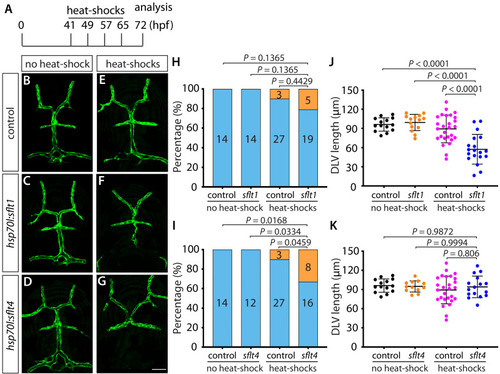Figure 1—figure supplement 3.
- ID
- ZDB-FIG-210204-91
- Publication
- Parab et al., 2021 - Endothelial cell type-specific molecular requirements for angiogenesis drive fenestrated vessel development in the brain
- Other Figures
-
- Figure 1—figure supplement 1.
- Figure 1—figure supplement 1.
- Figure 1—figure supplement 2.
- Figure 1—figure supplement 3.
- Figure 2—figure supplement 1.
- Figure 3—figure supplement 1.
- Figure 3—figure supplement 1.
- Figure 4—source data 1.
- Figure 5—figure supplement 1.
- Figure 5—figure supplement 1.
- Figure 6—figure supplement 1.
- Figure 6—figure supplement 1.
- Figure 6—figure supplement 2.
- Figure 6—figure supplement 3.
- Figure 6—figure supplement 4.
- Figure 6—figure supplement 5.
- Figure 7.
- Figure 8.
- All Figure Page
- Back to All Figure Page
|
( |

